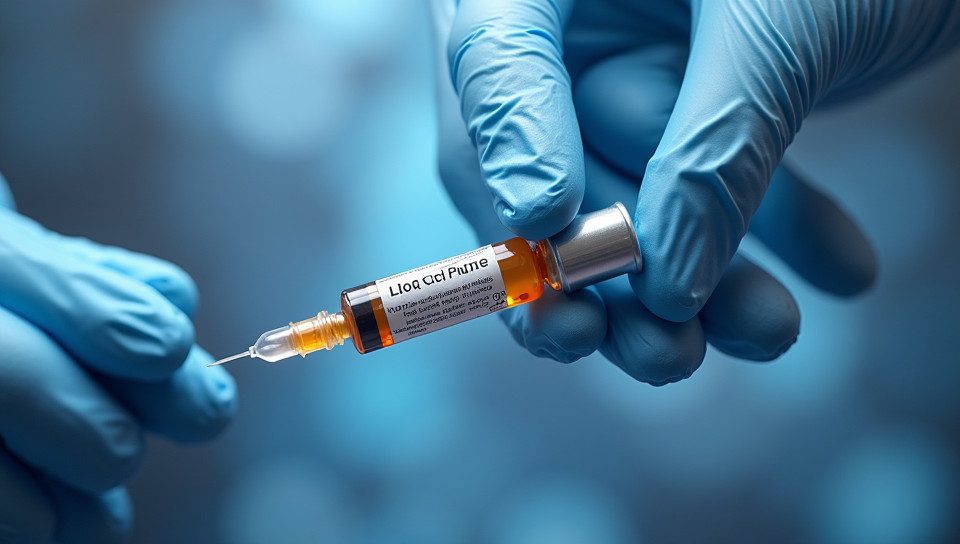Not all vaccine production relies on biotechnology 87%

Vaccine Production: Beyond Biotechnology
When we think of vaccine production, biotechnology often comes to mind. The idea of manipulating genes and leveraging genetic engineering to create life-saving vaccines is indeed a powerful one. However, it's not the only way to produce vaccines. In fact, many traditional methods are still widely used today.
The Forgotten History of Vaccine Production
Before biotechnology became a dominant force in vaccine production, scientists relied on more conventional techniques. One such method involved the use of chick embryos to grow viruses that would eventually be used as vaccines. This approach was pioneered by the development of the influenza vaccine in the 1940s and continued to be used well into the 20th century.
Traditional Vaccine Production Methods
- Inoculation of animals, such as horses or cows, to produce sera for diphtheria antitoxin.
- Use of fertilized eggs from chicken embryos to grow viruses, like the influenza virus.
- Cultivation of bacteria in large quantities using nutrient-rich media, resulting in vaccines like those against typhoid and tetanus.
Why Traditional Methods Still Matter
While biotechnology offers many advantages, traditional methods are still preferred for certain types of vaccines. For instance:
- They can be more cost-effective than biotechnological approaches.
- They often require less sophisticated equipment and infrastructure.
- Some traditional vaccines have been extensively tested over the years, making them highly reliable.
The Future of Vaccine Production
The future of vaccine production is likely to involve a combination of both traditional methods and biotechnology. As our understanding of genetics continues to evolve, we can expect to see new biotechnological approaches emerge that will complement or even replace some traditional methods.
However, it's essential to remember that not all vaccines need to rely on cutting-edge technology to be effective. Traditional methods have played a significant role in vaccine development and will likely continue to do so for years to come.
In conclusion, the story of vaccine production is complex and multifaceted. While biotechnology has undoubtedly revolutionized this field, it's essential to recognize the contributions of traditional methods that have paved the way for many life-saving vaccines. By understanding the history and diversity of vaccine production techniques, we can better appreciate the intricate process involved in creating these vital medical tools.
- Created by: Sofia David
- Created at: Dec. 21, 2024, 12:34 p.m.
- ID: 16919









